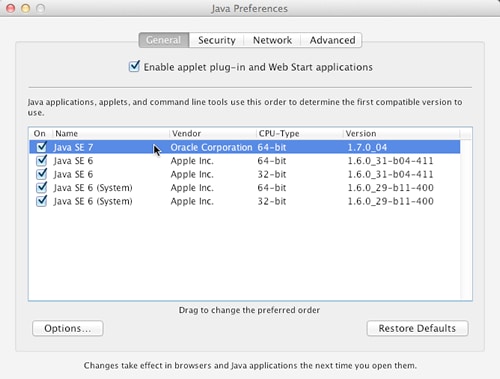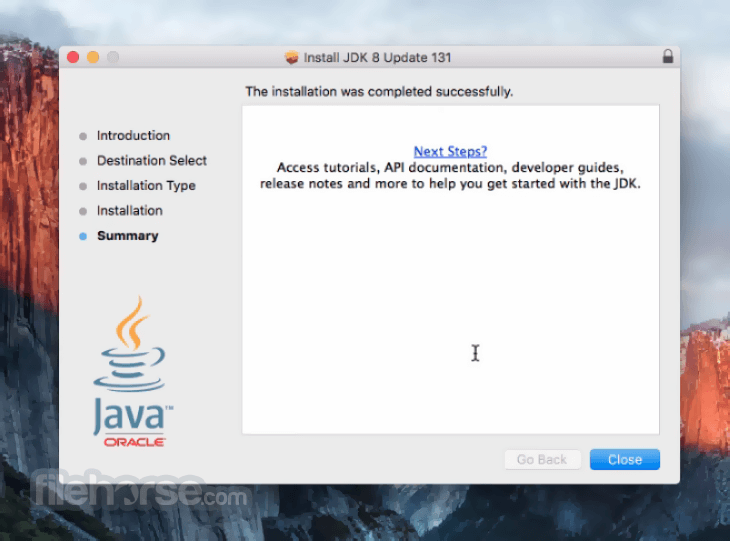

- #How to set jdk path in mac install#
- #How to set jdk path in mac archive#
- #How to set jdk path in mac full#
- #How to set jdk path in mac mac#
This means that GraalVM Enterprise participates in the macOS-specific /usr/libexec/java_home mechanism. The information property file, ist, is in the top level Contents folder.


Optionally, you can specify GraalVM as the default JRE or JDK installation in your Java IDE.įor Oracle GraalVM Enterprise Edition users, find the installation instructions here.
#How to set jdk path in mac install#
Note that in macOS, the JDK installation path is: /Library/Java/JavaVirtualMachines//Contents/Home.įollow these steps to install GraalVM Community on the macOS operating system:
#How to set jdk path in mac archive#
It can be installed from an archive file (. GraalVM Community Edition does not provide the installation wizard, unlike OpenJDK distributions for macOS that come with the.

However, if GraalVM is meant to become a default JDK, administrator privileges are required. After which, the shell will return a list of all the directories currently listed under the PATH environment variable on your Mac.GraalVM Community Edition can be installed for a single user and administrator privileges are not required. To find the PATH variable on Mac, open a terminal window and run echo $PATH. How do I find the PATH variable on a Mac? Steps for doing which are listed in the guide above. zsh_profile) and add your program or script’s PATH to it. To permanently set PATH on Mac, all you have to do is open either bash files (. So your system’s shell can continue to access it even when you start a new session or restart your Mac.
#How to set jdk path in mac mac#
Setting the PATH on Mac permanently means your PATH environment variable changes aren’t limited to your current shell session, unlike the temporary variable settings. Follow the steps earlier in the post to know the steps and the different ways to do this. zsh_profile file and add the path of your program or script. Since macOS uses zsh as the default shell on Catalina (and above) versions, you just need to edit either the. If you’re running macOS Catalina (or above), setting the environment variable is as simple as modifying the shell config or profile file to incorporate the path of the program/script you want to access anywhere. On the other hand, if you set the path for that program in the PATH variable, you can easily use it in any directory on your system without specifying its absolute path. But unfortunately, since doing so over and over would take up a lot of your time and effort, this isn’t a very efficient approach and can’t be used when you want to run commands repeatedly.
#How to set jdk path in mac full#
Like we mentioned initially, specifying the absolute or full path of the directory where the program is installed/stored in your command is one way to overcome this error. If not, you get the command not found error. If a path address is found, it executes the command successfully and returns the output. On macOS, when you run a command in the terminal, it searches for the path of the requested program in that command inside the PATH environment variable. Why Do You Need to Set the PATH Environment Variable? Talking about PATH, the variable contains a list of all the directories (for various programs added to the PATH) that the shell needs to search for to execute your requested programs through a terminal command.


 0 kommentar(er)
0 kommentar(er)
